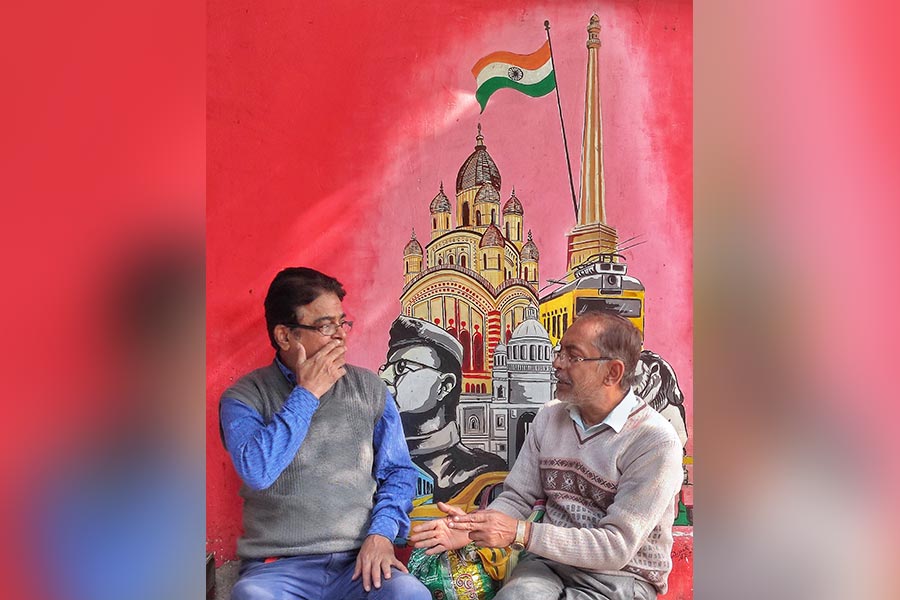Thousands of people who went out to enjoy the chill on Republic Day breathed in toxins with 10 air quality monitoring stations in Kolkata, Howrah and Barrackpore recording “poor” air in the afternoon.
A station in Howrah’s Ghusuri reported “very poor” air.
There are 11 air quality monitoring stations in these three cities.
The low temperature on Friday was responsible for the rise in the air pollution levels, said scientists.
The maximum temperature on Friday was 22.2 degrees Celsius, four degrees below normal. The minimum was 13.5 degrees, a notch below normal.
At 2pm on Friday, all seven air quality monitoring stations in Kolkata — located in Ballygunge, Jadavpur, Fort William, Rabindra Bharati University (BT Road campus), Bidhannagar, Rabindra Sarobar and Victoria Memorial — reported “poor” air.
Two of the three stations in Howrah — located in Belur Math and Padmapukur — recorded “poor” air. The station in Ghusuri reported “very poor” air.
The lone station in Barrackpore, in North 24-Parganas — placed inside the state police academy — reported “poor” air.
According to the National Air Quality Index, “poor” air can cause “breathing discomfort to most people on prolonged exposure”.
“Very poor” air can cause “respiratory illness on prolonged exposure”.
Scientists said temperature inversion — a situation where the air layer closer to the ground is colder than the layer above it — trapped the pollutants and slowed their dispersion.
Temperature inversion traps the pollutants close to the surface.
Usually, the air close to the ground is warmer. The warm air rises and is replaced by cold air. The circulation helps in the dispersion of pollutants released by human activities.
“When temperature inversion happens, the air layer closer to the ground cannot rise or it rises very slowly. As a result, the pollutants remain trapped close to the ground. It happens during winter,” said a scientist.
Climatological factors were responsible for the drop in air quality. The situation is unlikely to improve till the cold phase is not over.
“There is very little wind speed and owing to the cold weather, a temperature inversion has happened,” he said.
The same volume of pollutants is released during summer and the monsoon but that does not lead to a drop in air quality because the air closer to the ground is warmer than the layer above. The warm air rises and carries away the pollutants. Besides, wind speeds are also higher during summer and the monsoon, helping in faster dispersal of pollutants.
During the monsoon, an added factor is rain, which washes away the pollutants.
“People in our city should develop a habit of checking the air quality index so that they can cut down optional outdoor events if the air quality is bad. This is the same as people carrying umbrellas when the sky is cloudy,” said Arup Halder, a pulmonologist at the Calcutta Medical Research Institute (CMRI).








